
Best Outdoor Activities for Staying in Shape
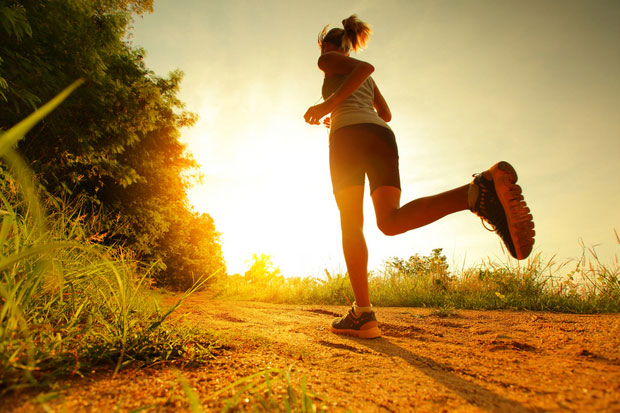
Live Science is bringing our readers a monthly series on personal health goals, with tips and tricks we've gathered from the many health experts we've interviewed. Each month, we'll focus on a different goal, and the goal for June is Get Outdoors to Stay in Shape. Follow us on Facebook and Twitter to connect with other readers who are working toward these goals.
Jump to: January — Lose Weight | February — Eat Healthy | March — Start Exercising | April — Cope with Allergies | May — Protect Yourself from Sun and Heat
For getting fit and staying in shape, experts say there's no single type of exercise that's considered "the best." The most important thing is that you like the activity you choose to do.
Here on this page, we've pulled together important information on some of the most common outdoor activities, as well as tips on how to stay motivated and avoid health risks while you exercise outdoors this summer.
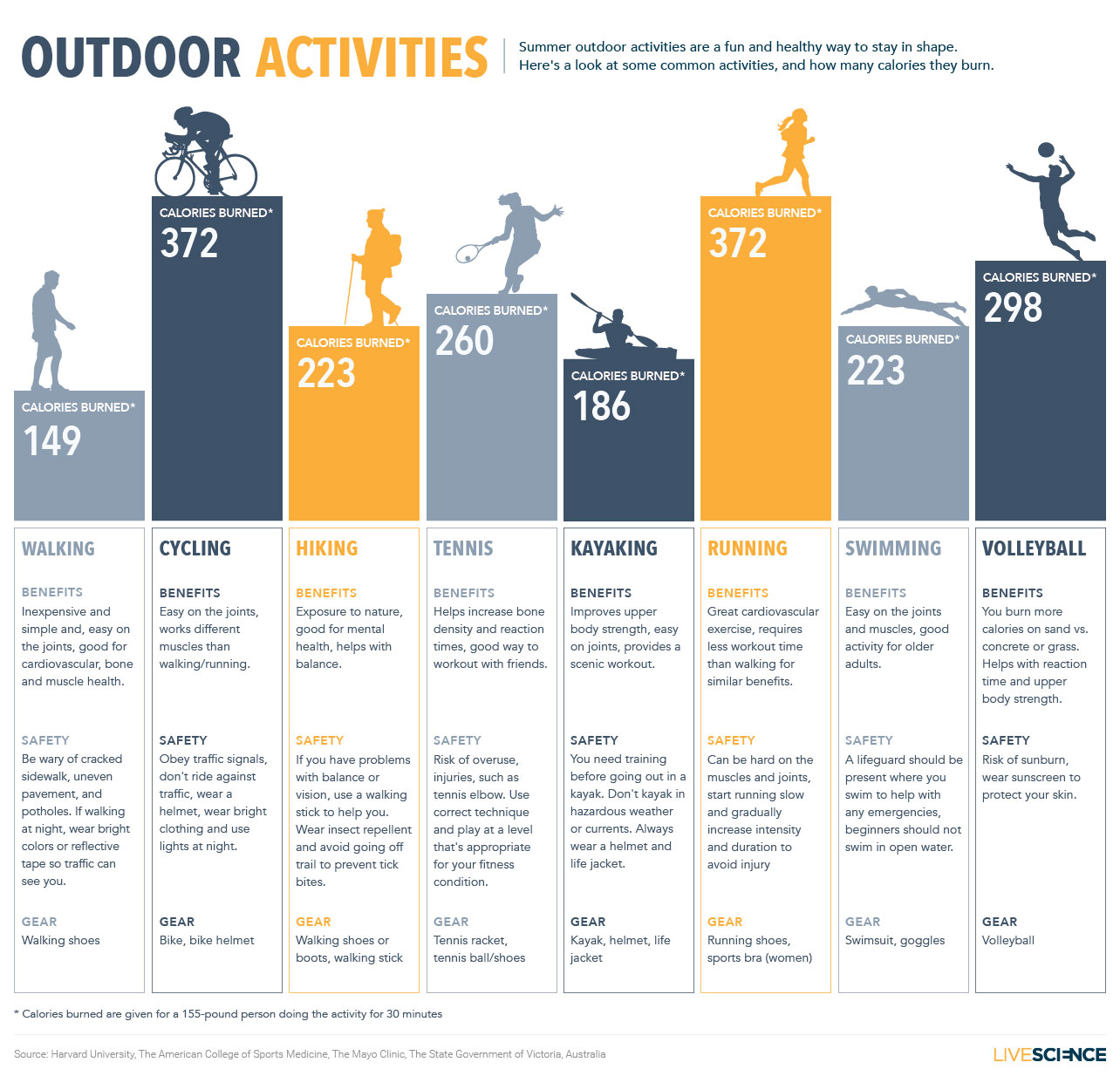
Walking
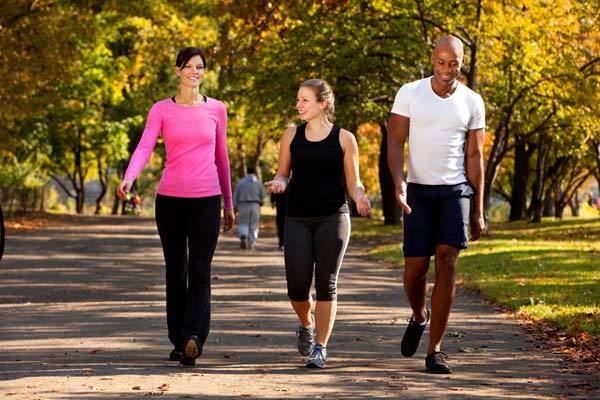
One of the simplest ways to get fit outdoors is to take a walk; research shows that brisk walking on a regular basis can improve the health of your heart, lungs and circulatory system; reduce your risk of cardiovascular disease and type 2 diabetes; and help you maintain a healthy weight. Walking is also a low-impact exercise, so it's easy on the joints and muscles. According to the Centers for Disease Control and Prevention (CDC), just 10 minutes of brisk walking, three times a day for five days a week (for a total of 150 minutes per week) is enough to improve your aerobic health.
Read more about the benefits of walking and how much you really need:
- How Short Bursts of Activity Can Get You Fit
- Just 20 Minutes of Walking May Reduce Inflammation in Your Body
- The Truth About '10,000 Steps' a Day
- Aerobic Exercise: Everything You Need to Know
Running

Like walking, running helps improve your cardiovascular fitness. If you chose to run rather than walk, you don't need to exercise for quite as long. According to the most recent physical activity guidelines from the U.S. Department of Health and Human Services (HHS), adults can do 75 minutes of vigorous-intensity activity, such as running, to get the same benefits as 150 minutes of moderate-intensity activity.
Sign up for the Live Science daily newsletter now
Get the world’s most fascinating discoveries delivered straight to your inbox.
Here is more useful information for runners:
- Even a 5-Minute Run Is Great for Heart Health
- Just How Short Can Your Workout Be?
- Here's How You Can Prevent Foot Blisters While Running
- Skip Your Run Today? Science Says You Can (Partly) Blame Your Friends
- Walking and Running May Offer Similar Heath Benefits
Swimming
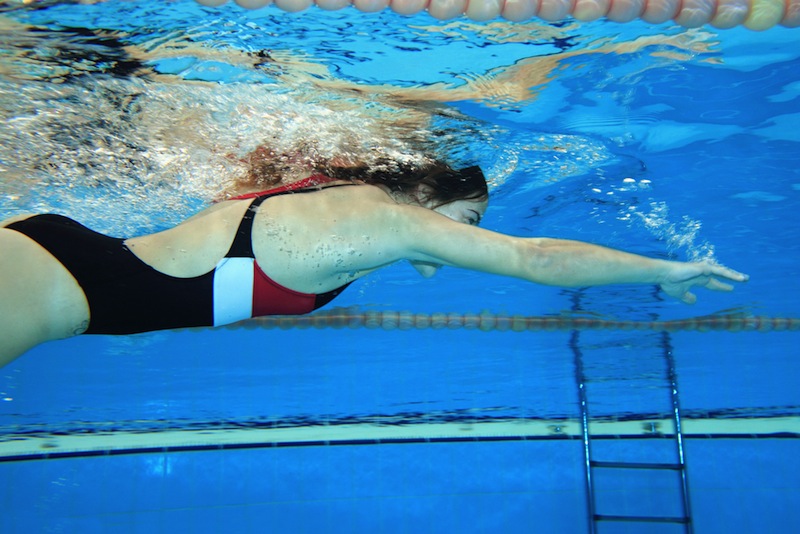
Swimming is another good way to improve your aerobic fitness, and it offers health benefits similar to those of walking and running. What's more, because swimming is easy on your muscles and joints, you may be able to exercise for longer in the water than you could on land without increased muscle or joint pain, according to the CDC. Swimming may be particularly good for older adults, as it may help strengthen core muscles and reduce the risk of falls, one study found. In addition, swimming may help people with arthritis increase the use of their joints without worsening their symptoms, the CDC says.
Here are some important things to know about swimming:
- Why Swimming May Be the Best Exercise for Older Adults
- Good Sports: Longer Lives Linked to Swimming, Racquetball
- Do I Really Have to Wait an Hour After Eating Before Swimming?
- How Top Swimmers Can Go Faster: It's All in the Fingers
Hiking
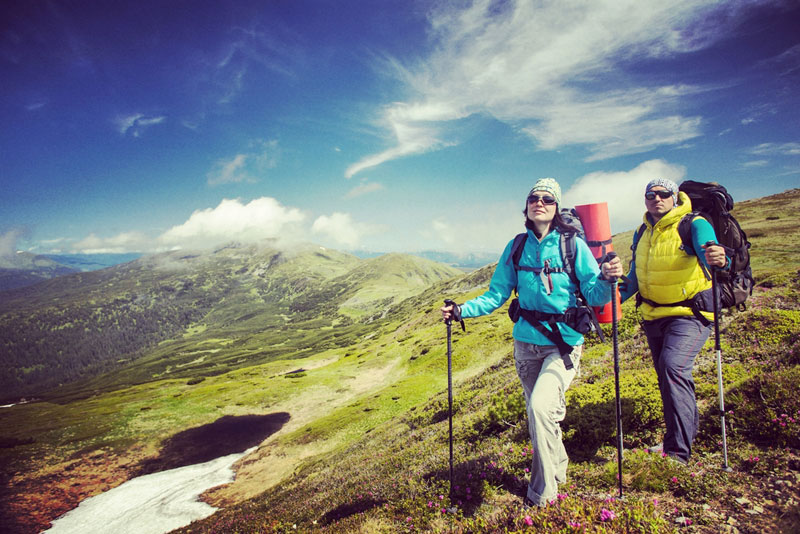
Hiking not only gives you an aerobic workout, but it may also be good for your mental health; a number of studies suggest that spending time in nature reduces stress levels and negative thinking. What's more, if you don't have time to work out during the week, a long hike or two on the weekend may offer health benefits similar to those seen in people who exercise more frequently, according to a recent study.
Here are some important things to know about hiking and experiencing nature:
- 5 Minutes with Nature Can Boost Mental Health
- Got Nature? Why You Need to Get Out
- Walking in Nature May Reduce Negativity
- 'Weekend Warrior' Workouts Improve Health
- Hiking with Kids: 7 Tips for Getting Outside This Summer
Cycling
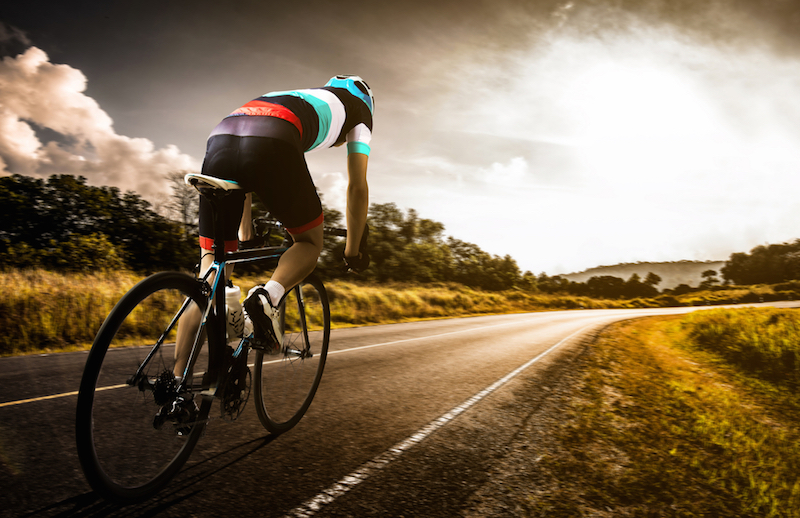
Cycling is another low-impact exercise that provides health benefits but is easy on your muscles and joints. And studies suggest that even a little biking can help people avoid weight gain. Although men may have concerns about how cycling could affect their fertility or sexual function, a recent study found no link between cycling and infertility or erectile dysfunction. Biking may even be good for your mental health, with some studies finding that cycling to work is linked with better well-being than driving to work.
Here are some important things to know about cycling:
- Biking and Brisk Walking Can Keep Pounds Off
- Walking or Biking to Work May Make You Happier
- Can Cycling Crimp Sex for Men?
Getting motivated
It may be difficult to keep up a regular exercise routine, but here are some tips to help you overcome some of the most common barriers to exercise:

- How to Start an Exercise Routine and Stick to It
- 4 Easy Ways to Get More Exercise
- Move It! How to Exercise When You're Depressed
- Inactivity Can Become a Habit: 4 Tips to Get You Off the Couch
- How Emotions Can Sabotage Exercise
Outdoor dangers
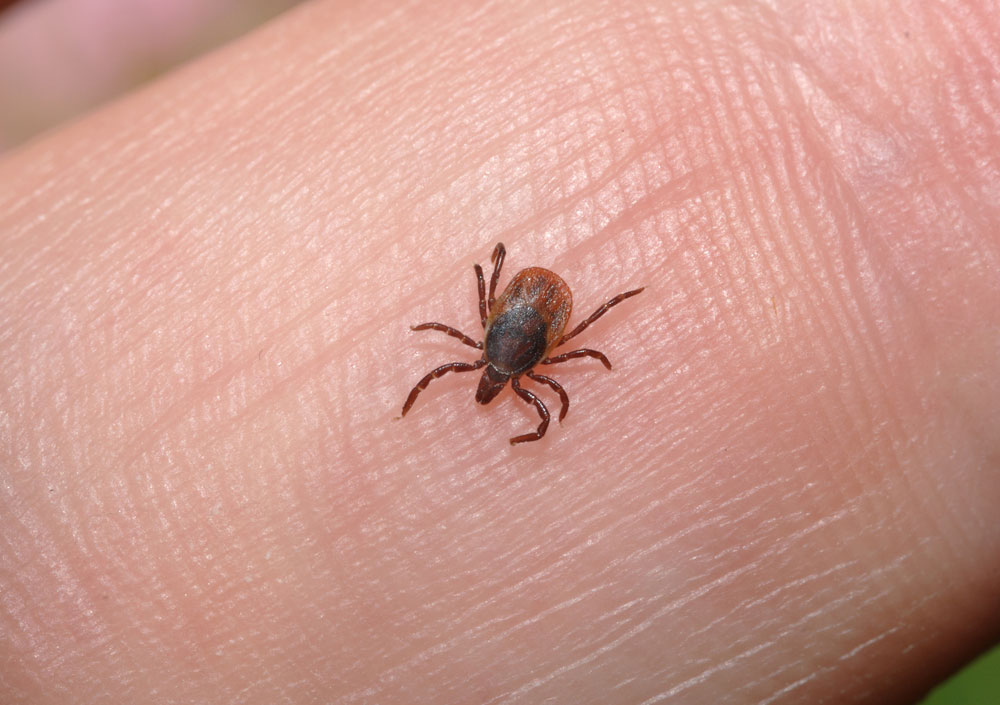
Getting outdoors can be a great way to get fit this summer, but there are a number of risks you might encounter during your outdoor adventures, from tick bites to sunburn. Here are some tips on how to stay safe while you enjoy summer fun outside:

Rachael is a Live Science contributor, and was a former channel editor and senior writer for Live Science between 2010 and 2022. She has a master's degree in journalism from New York University's Science, Health and Environmental Reporting Program. She also holds a B.S. in molecular biology and an M.S. in biology from the University of California, San Diego. Her work has appeared in Scienceline, The Washington Post and Scientific American.









